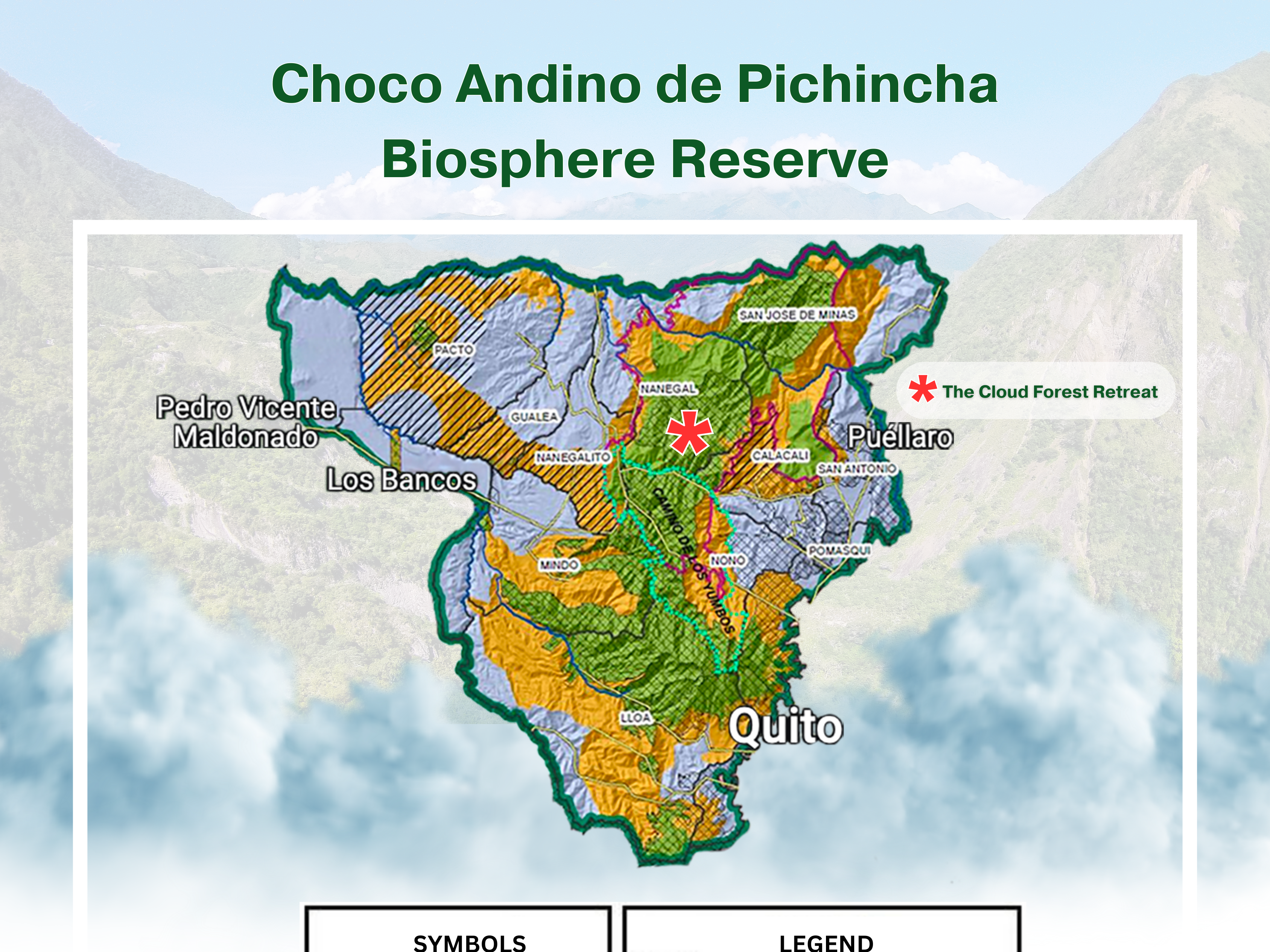

The Algarrobo tree, also known as the Prosopis tree, is a flowering tree that is native to South America, particularly in the Andean regions. It is a deciduous tree that can grow up to 20 meters tall and has a broad, spreading canopy that provides shade and shelter. The Algarrobo tree is known for its hard, durable wood, which is used for construction, furniture-making, and as a fuel source. The Algarrobo tree is also valued for its edible pods, which are known as algarroba or mesquite pods. The pods are rich in nutrients, such as protein, fiber, and minerals, and have a sweet, caramel-like flavor. They are used as a food source for humans and animals, and are also used to make a natural sweetener called algarrobo syrup. In addition, the Algarrobo tree has medicinal properties and is used in traditional medicine to treat a variety of ailments, such as coughs, sore throats, and digestive problems. The Algarrobo tree is an important part of South American ecosystems and plays a crucial role in preventing erosion and desertification. It is a hardy tree that can tolerate harsh conditions, such as drought and poor soil quality. However, like many other trees, the Algarrobo tree is threatened by deforestation, habitat loss, and climate change. Conservation efforts are underway to protect the tree and its ecosystem, and to promote sustainable harvesting practices for its wood and pods.

Cholán (Tecoma stans), also known as Yellow Bells or Yellow Trumpet bush, is a deciduous shrub or small tree that belongs to the Bignoniaceae family. It can grow up to 20 feet tall and produces pinnate leaves up to 10 inches long. The plant produces large, bright yellow trumpet-shaped flowers that can be up to 3 inches long and bloom in clusters during the summer and fall months. Cholán (Tecoma stans) is native to the Americas and can be found in various regions, including Mexico, Central America, the Caribbean, and South America. To thrive, Cholán (Tecoma stans) prefers well-drained soil and full sun, but can also tolerate partial shade. It is tolerant to heat and drought and can grow up to 5 feet per year. The plant can live up to 50 years and is often used as an ornamental plant in landscaping due to its showy flowers. However, it contains toxic compounds, including iridoids and tecomine alkaloids, which can be harmful if ingested. Its bark and roots have been used in traditional medicine to treat fever, coughs, and gastrointestinal problems, and the plant also has antibacterial and antifungal properties, making it useful for treating skin infections. Therefore, it is important to handle the plant with care and keep it away from children and pets.

The Jaboncillo tree, also known as the South American soapberry tree, is a species of flowering tree that is native to the tropical and subtropical regions of South America. It is a medium-sized tree that can grow up to 15 meters tall and has a broad, spreading canopy that provides shade and shelter. The Jaboncillo tree is known for its durable wood, which is used for furniture-making and construction. The Jaboncillo tree is also valued for its fruit, which is a small, round berry that contains saponins, a natural soap-like substance. The berries are used in traditional medicine to treat a variety of ailments, such as inflammation, digestive problems, and skin conditions. In addition, the saponins from the berries are used to make soap, shampoo, and other cleaning products. The Jaboncillo tree is an important part of South American ecosystems and plays a crucial role in preventing erosion and providing habitat for wildlife. It is a hardy tree that can tolerate harsh conditions, such as drought and poor soil quality. However, like many other trees, the Jaboncillo tree is threatened by deforestation and habitat loss. Conservation efforts are underway to protect the tree and its ecosystem, and to promote sustainable harvesting practices for its wood and berries.

Campeche or Guarumo The Campeche or Guarumo tree is a tropical evergreen tree that is native to Central and South America, particularly in Mexico and the Amazon rainforest. It is also known by other names, such as the Rainbow Tree or Tree of Life. The tree can grow up to 40 meters tall and has a wide, spreading canopy that provides shade and shelter for animals and humans alike. The Campeche tree is valued for its wood, which is strong and durable and is used for making furniture, construction materials, and decorative items. It is also known for its medicinal properties, particularly in the treatment of digestive problems, fever, and inflammation. Additionally, the tree produces a natural dye called "añil" or "indigo," which has been used for thousands of years to color textiles. In many cultures, the Campeche tree is considered sacred and has cultural and spiritual significance. It is believed to have healing properties and is used in traditional medicine and shamanic practices. In some communities, the tree is also used for its edible fruits, which are high in vitamins and minerals. Despite its many uses and benefits, the Campeche tree is under threat due to deforestation, habitat loss, and unsustainable harvesting practices. Conservation efforts are underway to protect the tree and ensure its long-term survival.
















